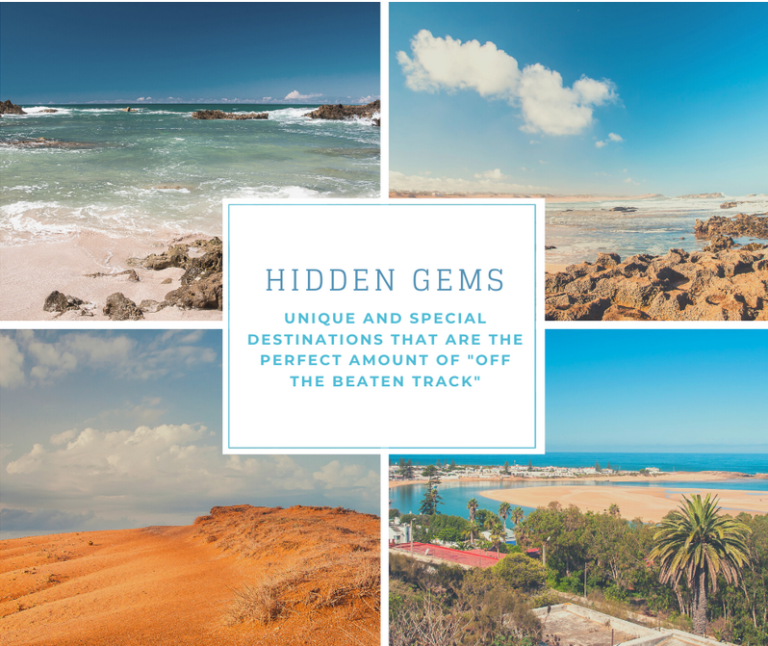Discover Morocco’s Roman Ruins: Volubilis and Chellah
Morocco, like many parts of North Africa, has an ancient history heavily influenced by the Roman Empire. From the first century BC until the third century AD, the fertile plains and valleys of northern Morocco were the site of prosperous Roman settlements, and the traces of their buildings, temples, and villas remains to this day.
Volubilis
The city of Volubilis was largely abandoned in the 11th century, when the seat of government was moved to Fes. Despite time, war, looting, and other forces of destruction and decay, the abandonment, isolated location, and dry climate have preserved this ancient city to a remarkable degree. Over the centuries, the city was a pre-Roman Berber city, then a Roman province, then a Christian era, and then an Islamic era when it was the seat of the Idrisid dynasty. Today, it is a UNESCO World Heritage Site, and an incredible opportunity for visitors to go back in time and see the art, architecture, and lifestyles of centuries of local civilization. The 42 square hectares of Volubilis provide an incredibly rich and authentic insight into the civilizations that lived on the site a thousand years ago.
Volubilis hasn’t been fully excavated, and yet the Triumphal Arch and Basilica are fascinating sights, as are the sight of ancient Roman columns set against the spectacular Moroccan landscape. Many of the villas and palaces have their original mosaics in place, just as they were discovered, with intact roads, squares, and aqueducts showing the daily life of the city. An ancient garden near the entrance provides a quiet and shady spot to relax.
Chellah
Just outside of Rabat is the ancient Roman fortification and medieval Muslim necropolis of Chellah. The site is thought to date back to the Phonecian trading port of “Sala”, later a Roman colony, converted to a Muslim fortress in the 11th century, and then converted into a holy necropolis (also called a “chellah”) that included a mosque, royal tombs, and a still-standing minaret. This site is also a UNESCO world heritage site, and contains remains of Roman arches, aqueducts, and columns, along with ancient Muslim royal tombs, ornamental fountains, and a mosque. It is not only one of the oldest human settlements in Morocco, but remains a spectacular sight.
Every September, you can catch the Jazz au Chellah music festival here, showcasing five days of European and Moroccan jazz musicians in an event that is part cultural exchange, and part performance showcase.
Morocco is filled with sites reflecting the complex, multi-layered history and many cultures that have and do inhabit the country. The Roman era left incredible sights and monuments, and the Moroccan climate and history has preserved these sites for future generations to see, explore, and enjoy. They offer fascinating insights into local culture and history.



